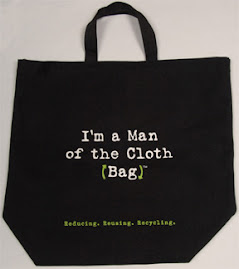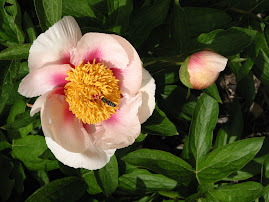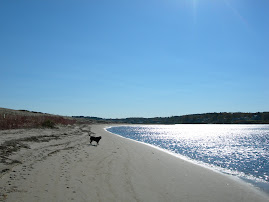Last night I was reading a book that a friend gave me back in 1995: Anne Morrow Lindbergh’s Gift from the Sea. The book—which shares Lindbergh’s musings on life—was written more than 50 years ago. The gap between then and now was readily apparent in a line Lindbergh wrote about the United States being a leader that other countries aspire to emulate.
When I read the line, my heart sank. The US is still a world leader, but I doubt most any other country would want to be like us: in a state of war with a bad economy, a busted housing market, politicians (we don’t trust) bickering instead of compromising, racism, sexism, violence, terrorism, natural disasters, extreme energy use, a celebrity fixation . . . please don’t make me go on!
There’s a long list of our great attributes, too, but the fact that we’ve fallen extremely short of our true potential is troubling.
Take Ford, for example. This classic American car maker is—and let me just be blunt here—a disgrace when it comes to introducing environmentally friendly technology in its own country. For years, it produced and sold bigger-is-better cars and trucks, somehow missing all the signs pointing to the growing demand for smaller, more efficient vehicles. Personally, I was in the market for a hybrid three years ago!
We can assume, when they came to the fork in the energy road, that every big wig “visionary” at Ford took the left road instead of the right one, simply making a mistake. But we’d be wrong . . . Ford did go, in part, down the right road. Just not in its home country. Let me explain: At the recent British International Motor Show, Ford introduced ECOnetic. This vehicle is an energy-efficient version of its Ford Fiesta, with 63.6 MPG.
Ready to buy one? Well, you can’t—unless you live in Europe. That’s right, this “green” car, which would undoubtedly be a big hit in Ford’s own country, won’t be sold in the states for at least a year and a half.
I love my country and am proud of its ingenuity, beauty, and diversity. But I feel a bit like the parent of a teenager (the US being the teen, of course). I love it but I don’t always understand it—it frustrates me with its moodiness, extremes, and propensity not to listen to common sense. And like the parent of a teenager, I take faith that this is just growing pains . . . hopefully, pains we endure as the country is growing/going green.
Question of the blog: With both McCain and Obama flip-flopping on some environmental issues, do you think either will have the backbone, once in office, to make the changes we need . . . instead of succumbing to the pressures of anti-green lobbyists?



